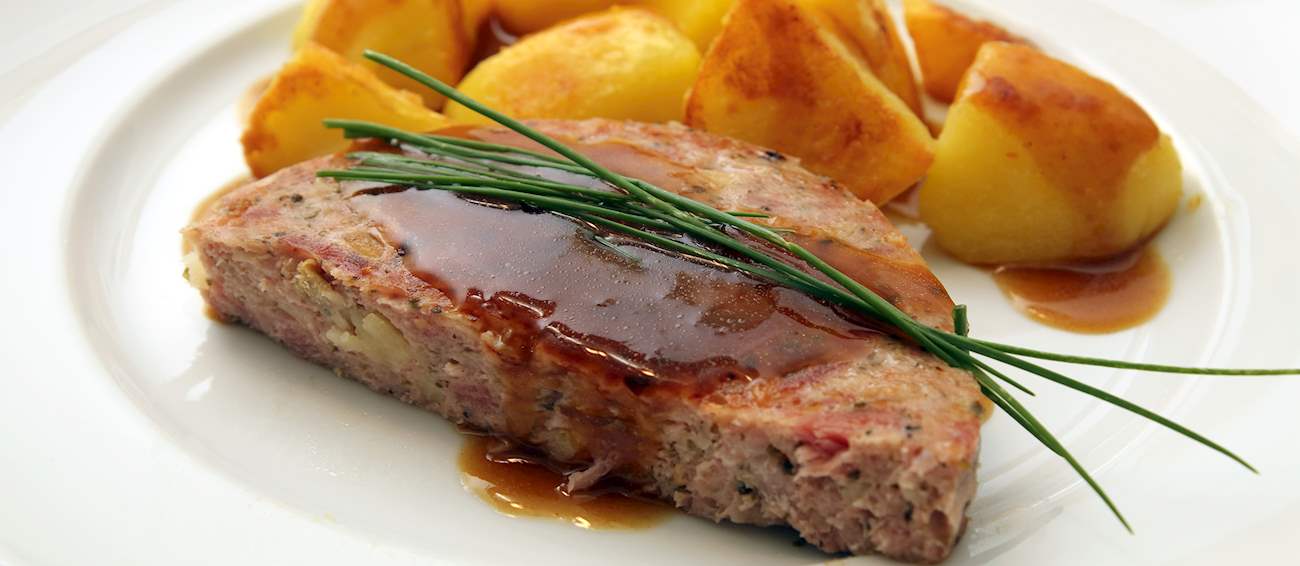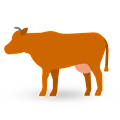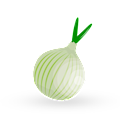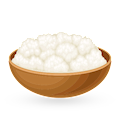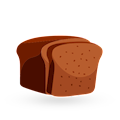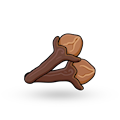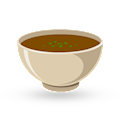MAIN INGREDIENTS
Pfefferpotthast is a traditional meat stew hailing from Westphalia. It consists of pieces of beef that are simmered in a seasoned broth along with onions, soup vegetables, spices, and herbs. The meat is typically first browned in a little oil or lard before it's cooked with the other ingredients, and the broth is usually thickened with crumbled bread, traditionally with the classic Westphalian pumpernickel rye bread.
Spices such as cloves, juniper berries, allspice, bay leaves, salt, and pepper are typically used for seasoning the broth. Warming and flavor-packed, the dish is perfect for a chilly fall or winter lunch or dinner, and it is usually accompanied by pickled gherkins, salt potatoes (Salzkartoffeln), beetroots, and a German beer on the side.
MAIN INGREDIENTS
Saumagen is a German dish from the region of Palatinate, where it was created in the 18th century by local farmers as a way to use up leftover food. Translated as sow’s stomach, saumagen consists of potatoes, carrots, onions, and pork that have been seasoned and stuffed in a thick casing (pig's stomach) which is also intended to be a part of the meal.
Typical spices include marjoram, nutmeg, and white pepper. Once cooked, saumagen can be served as it is with mashed potatoes and sauerkraut on the side, but it can also be sliced and additionally fried. What makes the dish even better is a glass of dry white wine or a cold beer on the side.
MOST ICONIC Saumagen
View moreMAIN INGREDIENTS
In the American, German, and Brazilian systems of primal beef cuts, the shank (hesse, músculo) is the term used for the leg portion of the cow. There are both front and hind shanks, coming from the legs of the steer. The shank is known to be one of the toughest cuts due to the fact that it comes from a part of the animal that is heavily exercised.
As such, it contains a high amount of connective tissue, which can be made tender and flavorful through slow, moist-heat cooking methods like braising. The meat from the shank is often used in dishes like soups and stews. Shank is also commonly used for making bone broths and stocks, as the bones from the shank contain marrow, which adds depth and richness to the liquid.
MAIN INGREDIENTS
Kassler is a traditional Oktoberfest dish made with cured and smoked pork. The meat is usually smoked with alder or beechwood. When served, pork is almost always accompanied by sauerkraut and mashed or boiled potatoes on the side. The origin of the name is still unknown, although some claim that it was named after a Berlin-based butcher called Cassel in the 19th century.
MAIN INGREDIENTS
Kohlroulade is a German version of stuffed cabbage rolls, consisting of blanched cabbage leaves that are tightly rolled around a filling of ground meat, breadcrumbs, eggs, onions, and a variety of spices. After assembling the cabbage rolls, they are first lightly browned before being simmered in meat broth until fully cooked and tender.
Caraway, mustard, or tomato sauce can optionally be added to the sauce or the meat mixture for extra flavor. These stuffed cabbage rolls are typically enjoyed with a side of potatoes, cucumber salad, and a glass of beer. In Germany, kohlroulade is commonly prepared during winter, and it can be made with different types of meat including beef, pork, turkey, or chicken.
MAIN INGREDIENTS
Zigeunerschnitzel is a German specialty consisting of a thin, breaded, and pan-fried veal cutlet (but pork, or chicken can also be used) that is finished with a spicy sauce on top just before serving. This schnitzel was named after the sauce it is topped with, which is called zigeuner sauce or gypsy sauce and is typically made with a combination of bell peppers of different colors, onions, tomato paste or tomatoes, mushrooms, wine, water, broth, and spices such as sweet and hot paprika.
In Germany, the dish is not a common home-cooked meal but a typical food item that can be enjoyed at restaurants, cafeterias, and food stalls. Zigeunerschnitzel is usually accompanied by sides such as french fries, salzkartoffeln (salt potatoes), and salads, but it also pairs well with rice or spätzle.
MAIN INGREDIENTS
The term rostbraten is used in German-speaking countries, including Germany and Austria, to refer to certain cuts of beef as well as dishes made from these cuts. Regarding cuts, the rostbraten usually refers to a section from the rump or loin of the cow, which corresponds to parts of the sirloin or rump steak in the UK and the US.
This cut is known for being lean and quite tender, making it well-suited to various cooking methods, including roasting, grilling, or pan-frying. When used in a dish also called rostbraten, this cut of beef is often seared in a hot pan and then further cooked in the oven or simmered with onions and broth, depending on regional variations of the recipe.
Hirschgulasch is a traditional type of goulash, a stew of meat, vegetables, and spices made specifically with venison, or deer meat, instead of the beef or pork that might be used in other types of goulash. The name of the dish translates to venison goulash.
The venison is typically cut into small, bite-sized pieces and then slow-cooked with various ingredients like onions, garlic, tomatoes, and a variety of spices. Other ingredients can also be included, such as red wine, bay leaves, juniper berries, and herbs, all of which enhance the flavor of the dish.
MAIN INGREDIENTS
Krüstchen schnitzel is a traditional dish originating from Frankfurt and the surrounding areas. The dish usually consists of a schnitzel that's served on a slice of toasted bread or rye bread. It's topped with a fried egg and traditionally served with french fries, pickles, roast potatoes, or potato salad on the side.
The meat used for the preparation of the schnitzel is typically pork. The meat is pounded thin, coated with flour, dipped in beaten eggs, dredged in breadcrumbs, and then fried in butter or a mixture of oil and butter until golden brown and crispy.
MAIN INGREDIENTS
A German specialty originating from Swabia, gaisburger marsch is a meat stew based on beef cooked with a rich meat broth and vegetables. Once ready, the beef is usually cut into bite-sized pieces, accompanied by potatoes, carrots, and spätzle, all drizzled with the broth.
Warm and packed with flavors, the dish is typically topped with roasted onions, parsley, and chives. There are several stories behind the name of this classic dish, which translates as the march of Gaisburg in English. Some say the stew was a favorite among officer candidates who would march to one of the Gaisburg restaurants to have a bowl of it, while other sources credit the wives of certain imprisoned Gaisburg locals for the creation of this stew.
TasteAtlas food rankings are based on the ratings of the TasteAtlas audience, with a series of mechanisms that recognize real users and that ignore bot, nationalist or local patriotic ratings, and give additional value to the ratings of users that the system recognizes as knowledgeable. For the “14 Worst Rated German Meat Dishes” list until March 26, 2025, 2,708 ratings were recorded, of which 2,342 were recognized by the system as legitimate. TasteAtlas Rankings should not be seen as the final global conclusion about food. Their purpose is to promote excellent local foods, instill pride in traditional dishes, and arouse curiosity about dishes you haven’t tried.
